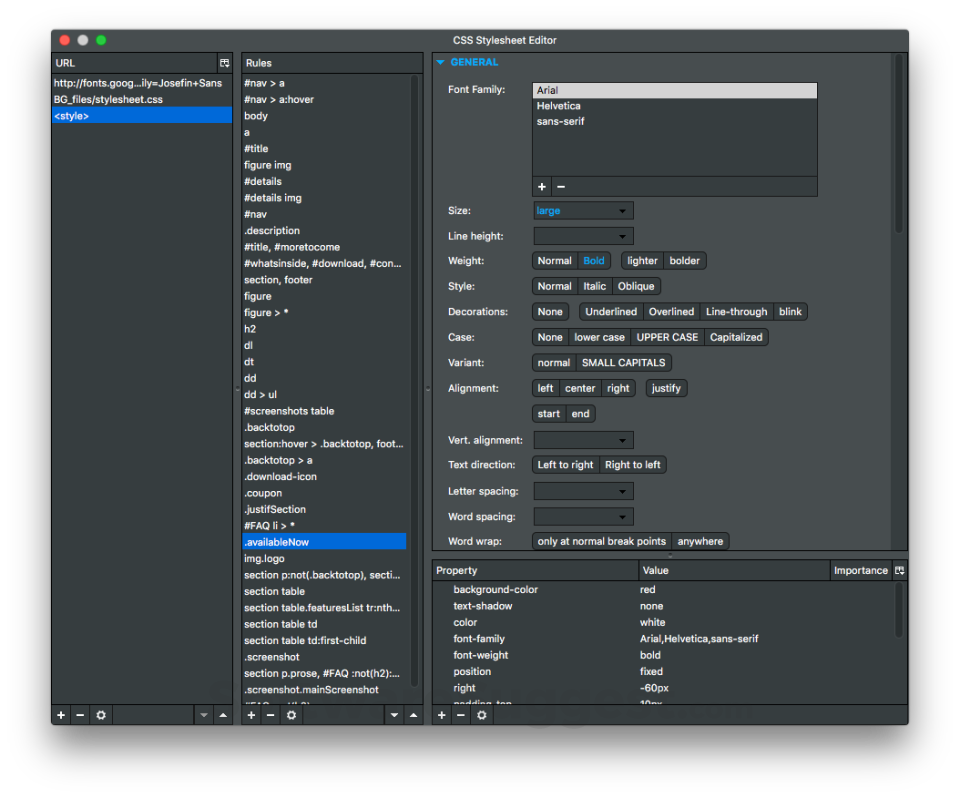

However, you can also choose to customize various parts of the UI by setting custom captions and glyphs, or by opting not to show a UI at all. The system provides a default UI for dragging and dropping. Set the image on the main page to the dropped image Var storageFile = items as StorageFile īitmapImage.SetSource(await storageFile.OpenAsync(FileAccessMode.Read)) Var items = await e.DataView.GetStorageItemsAsync() If (e.DataView.Contains(StandardDataFormats.StorageItems)) private async void Grid_Drop(object sender, DragEventArgs e) You should also consider notifying the user if they're trying to do something your app doesn't support. Your app should handle this possibility by checking what types of files were dropped and how many there are, and process each accordingly. In reality, users can drop multiple items of varying formats simultaneously. Process them by using the DataView property.įor simplicity in the example below, we'll assume the user dropped a single photo and access it directly. The Drop event occurs when the user releases items in a valid drop area. private void Grid_DragOver(object sender, DragEventArgs e)Į.AcceptedOperation = DataPackageOperation.Copy In this handler, you need to specify what kind of operations your app supports by using the AcceptedOperation property. The DragOver event fires when a user has dragged an item over your app, but not yet dropped it. If you want users to be able to drop items anywhere on your app, set the entire background as a drop target. If a user tries to drop somewhere else, the system won't let them.
#Drag and drop bluegriffon chinese how to#
The following markup shows how to set a specific area of the app as valid for dropping by using the AllowDrop in XAML. The system automatically handles:įor other content, you'll need to handle the DragStarting and DropCompleted events and use them to construct your own DataPackage. In most cases, the system will construct a data package for you. You don't need to do any other work to allow dragging, unless you want to customize the UI (which is covered later in this article). Users won't want to drag everything in your app, only certain items, such as images or text. This make the element-and the elements it contains, in the case of collections like ListView-draggable.īe specific about what's draggable. To enable dragging on an element, set its CanDrag property to true.
#Drag and drop bluegriffon chinese windows#
It allows data transfer between or within any kind of application, including Classic Windows apps, although this article focuses on the XAML API for modern drag and drop. Modern drag and drop is available on all devices that support UWP. This visual feedback is initially provided by the source but can be changed by the targets as the pointer moves over them. The drop target, which is the application or area underneath the pointer, processes the data package and returns the type of operation it performed.ĭuring drag and drop, the drag UI provides a visual indication of the type of drag-and-drop operation that’s taking place. When the pointer is released, drop occurs. The source also indicates the kind of operations it supports: copy, move or link. The drag source, which is the application or area where the drag gesture is triggered, provides the data to be transferred by filling a data package object that can contain standard data formats, including text, RTF, HTML, bitmaps, storage items or custom data formats. Important APIs: CanDrag property, AllowDrop property Drag and drop lets the user transfer data between applications or within an application using a standard gesture (press-hold-and-pan with the finger or press-and-pan with a mouse or a stylus). Drag and drop is an intuitive way to transfer data within an application or between applications on the Windows desktop.


 0 kommentar(er)
0 kommentar(er)
